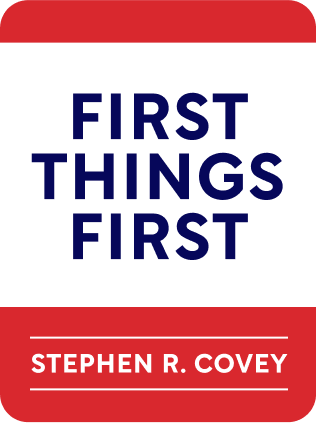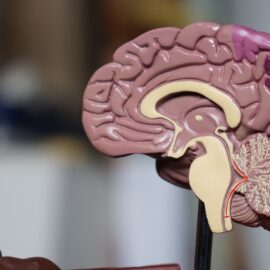

This article is an excerpt from the Shortform book guide to "First Things First" by Stephen R. Covey. Shortform has the world's best summaries and analyses of books you should be reading.
Like this article? Sign up for a free trial here .
What are the 4 basic human needs? How do humans fulfill each of these needs?
There is a difference between going through each day and feeling fulfilled. Humans get a sense of fulfillment only through satisfying 4 basic human needs: “to live, to love, to learn, to leave a legacy.”
Keep reading for more about the 4 basic human needs.
Fulfilling Your 4 Basic Human Needs
There is a difference between living day to day and feeling fulfilled. Humans get a sense of fulfillment only through satisfying four fundamental human needs: “to live, to love, to learn, to leave a legacy.”
The need to live involves your physical needs for survival, including food, shelter, clothing, good health, and money.
The need to love pertains to humans’ need to be social and have relationships with other people in which they can love, be loved, and feel they belong.
The need to learn is your need to continuously nourish and develop your mind.
The need to leave a legacy pertains to a more spiritual desire to live a life of purpose and meaning, in which you feel you’re contributing to society.
Neglecting any of these needs can create or feed urgency addiction—if you don’t preemptively address them in Quadrant II, they fester to become emergencies in Quadrant I.
Take Care of Your Four Needs in a Balanced Way
The 4 basic human needs are interrelated—whether each is satisfied affects the fulfillment of the others. If any of these needs are unmet, that lack can easily hamper your ability to meet the other three needs; all four needs must be taken care of collectively to maintain quality of life.
However, people often tend to compartmentalize these four areas of need and address them with a “touching bases” paradigm. This paradigm ignores the needs’ interrelatedness and defines balance by constantly switching from one need to the next in an effort to keep all of them satisfied.
For example, the “touching bases” paradigm looks at your need to earn money independently from your spiritual need to contribute to society, but this can lead to an unfulfilling career that leaves you wanting more. Or you may see your need to learn separately from your need to love, failing to acknowledge that developing deep, meaningful relationships entails a continuous process of learning how to love others.
If a need is unmet, you can put more energy into the other areas to help fulfill it. For example, if your need to love is lacking because you’re going through a divorce, you can bolster your capacity to get through that hardship by making a point to nourish your physical needs by exercising, your mental needs by learning about healthy relationships, and your spiritual needs by taking care of yourself and focusing on areas of purpose and meaning in your life.

———End of Preview———
Like what you just read? Read the rest of the world's best book summary and analysis of Stephen R. Covey's "First Things First" at Shortform .
Here's what you'll find in our full First Things First summary :
- How to work effectively, not just efficiently
- Why you need to think more about what you're spending time on than how much time you're spending
- The 6 steps to effectively schedule and prioritize important activities






